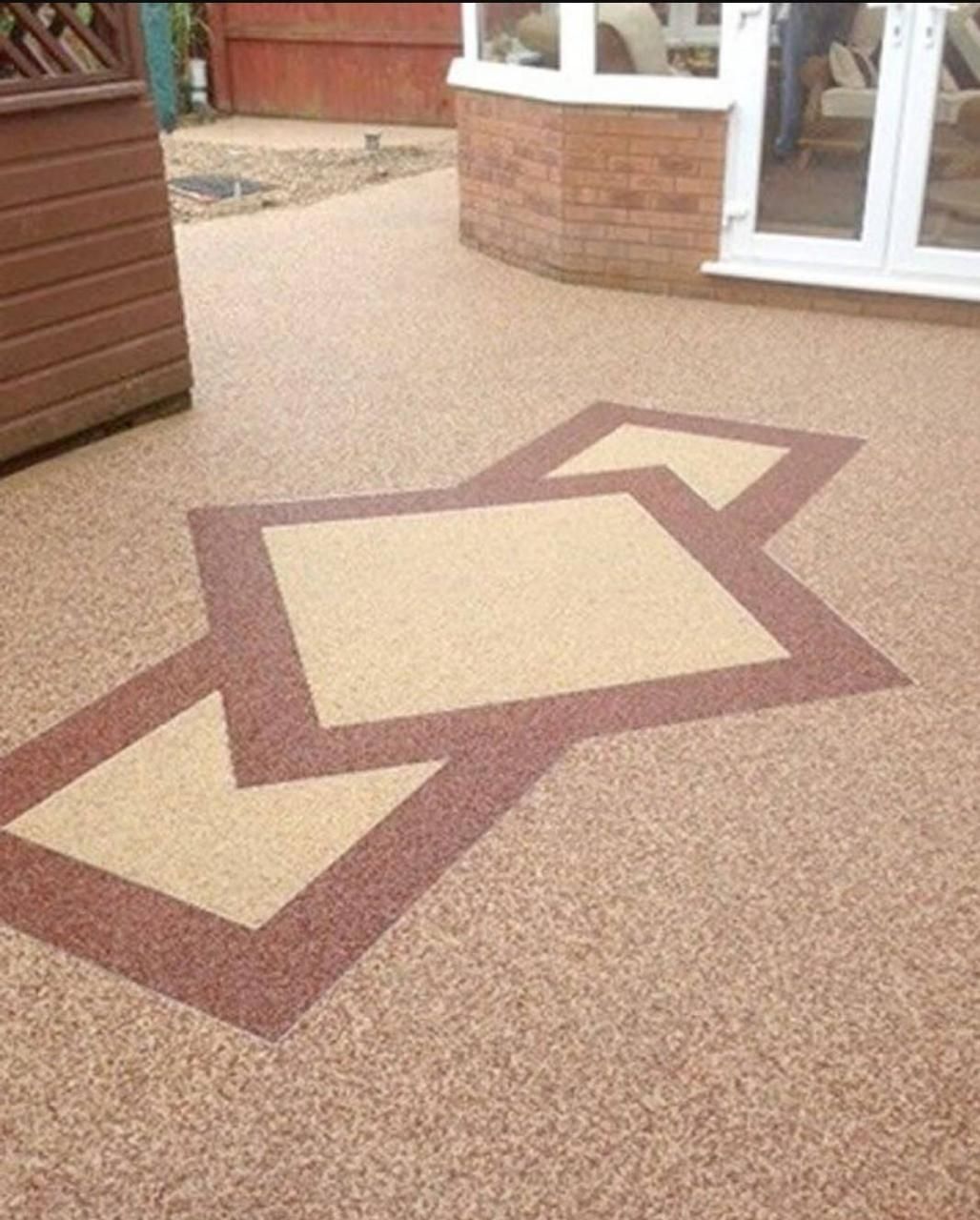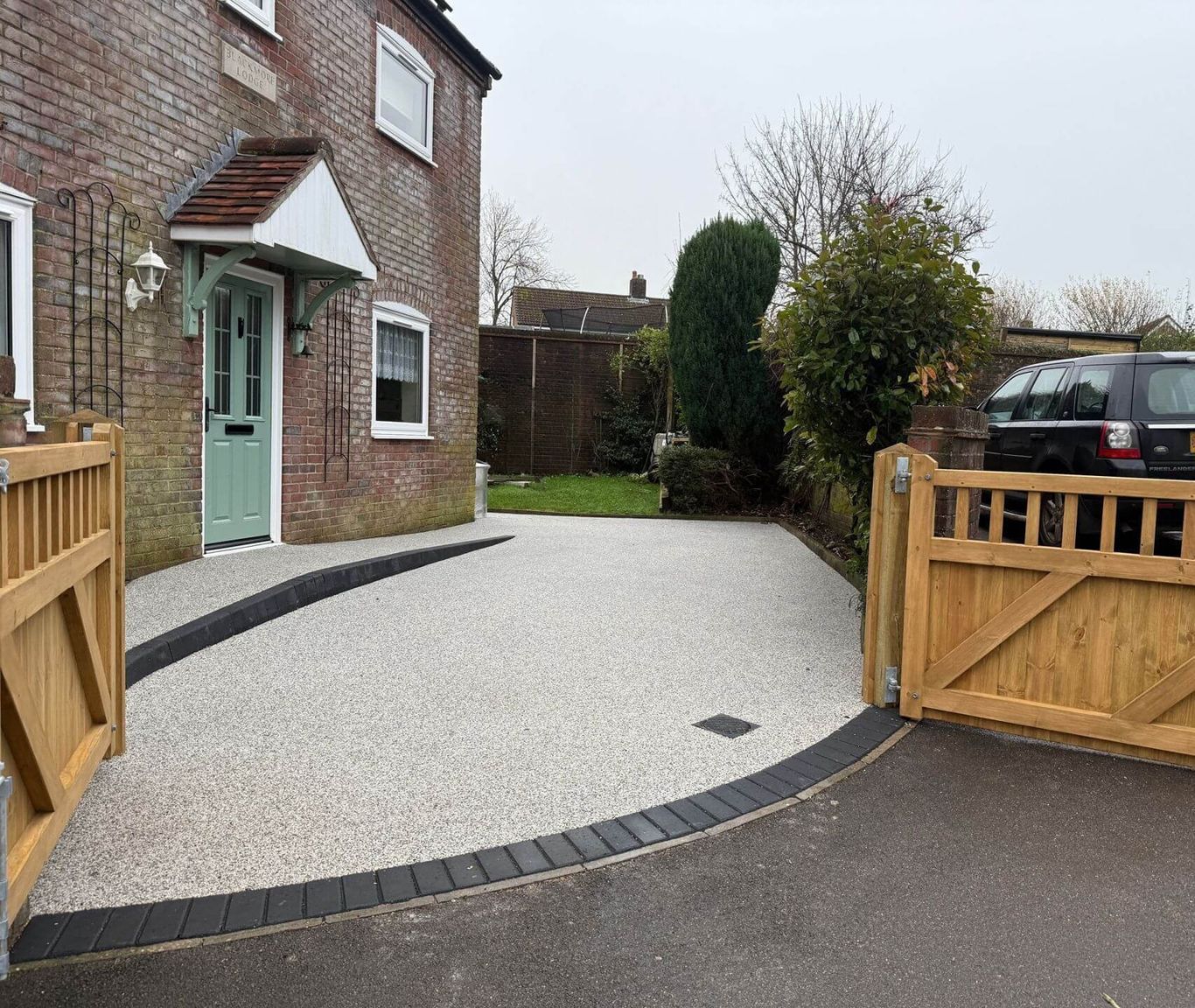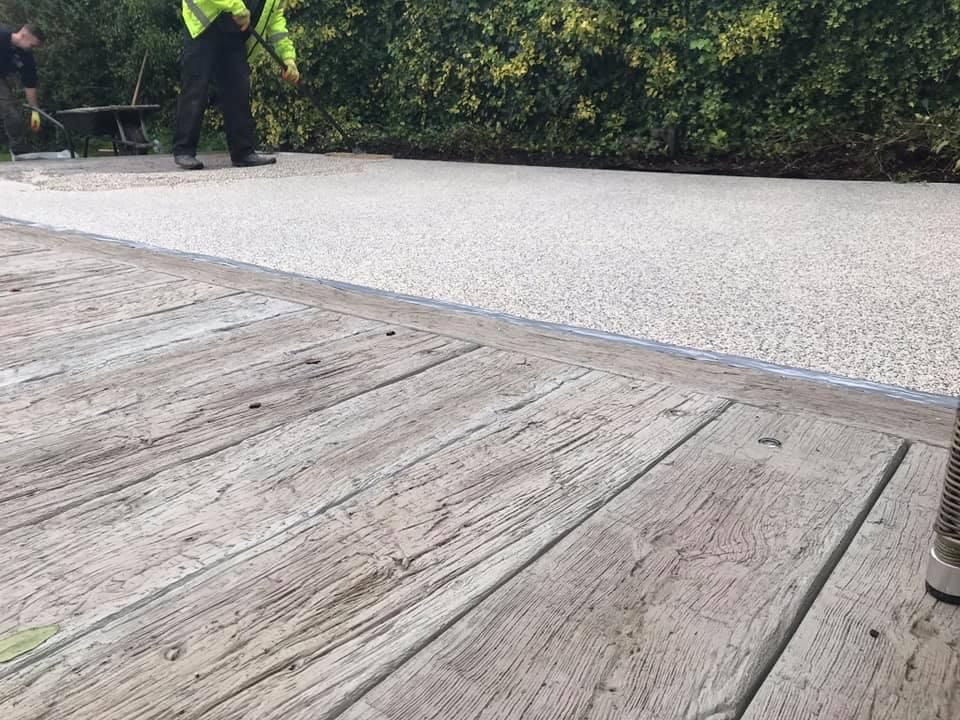Resin Driveways: The Secret Weapon for Car Dealership Aesthetics

In the dynamic world of urban design, architects are constantly seeking innovative flooring solutions that combine aesthetics, durability, and sustainability. Resin surfaces have emerged as a frontrunner in this quest, offering a unique blend of features that cater to the diverse needs of modern developments. Let's explore why these surfaces are becoming increasingly popular among architects.
Customisation: A Designer's Dream
One of the most appealing aspects of resin surfaces is their resin surface customisation. Architects can choose from
a wide array of colours, patterns, and resin surface textures to create unique designs that complement the overall aesthetic of their projects. This flexibility seamlessly integrates
architectural aesthetics, from sleek, minimalist interiors to bold, statement-making exteriors.
Durability: Built to Last
When it comes to
architectural durability, resin surfaces excel. They are resistant to wear and tear, making them ideal for high-traffic areas in both residential and commercial settings. This longevity is particularly valuable in
modern landscaping projects, where surfaces must withstand various weather conditions while maintaining appearance.
Performance in Various Settings
Another factor driving its popularity is the performance of resin surfaces across different environments.
Resin surfaces maintain their integrity and appearance over time, whether used for indoor flooring or outdoor pathways. This versatility makes them a go-to choice for architects working on diverse projects within
sustainable architecture.
Low Maintenance, High Appeal
In architecture, the long-term implications of material choices are crucial.
Resin surface maintenance is notably low compared to many traditional materials. This ease of upkeep reduces long-term costs and ensures that the surfaces retain their aesthetic appeal for years.
Sustainability: A Growing Priority
As
sustainable architecture becomes increasingly essential, resin surfaces are a valuable ally. Many resin products are made with eco-friendly materials and have a lower environmental impact than traditional options. This aligns with the growing demand for green building solutions in both residential and commercial sectors.
In conclusion, the adoption of resin surfaces in modern architectural projects is a testament to their numerous benefits. From customisation and durability to performance and sustainability, resin surfaces offer a comprehensive solution to contemporary architects' challenges. As the field of urban design continues to evolve, it's clear that innovative materials like resin will play an increasingly important role in shaping the built environment of our cities and communities.
You might also like
Clark's Resin Driveways


Contact Us
We will get back to you as soon as possible.
Please try again later.
Qualified & Experienced
Call Us Today To Get A FREE, No-Obligation Estimate
Call
All Rights Reserved | Privacy Policy | Terms and Conditions | Clark's Resin Driveways | Designed by iGen Media


